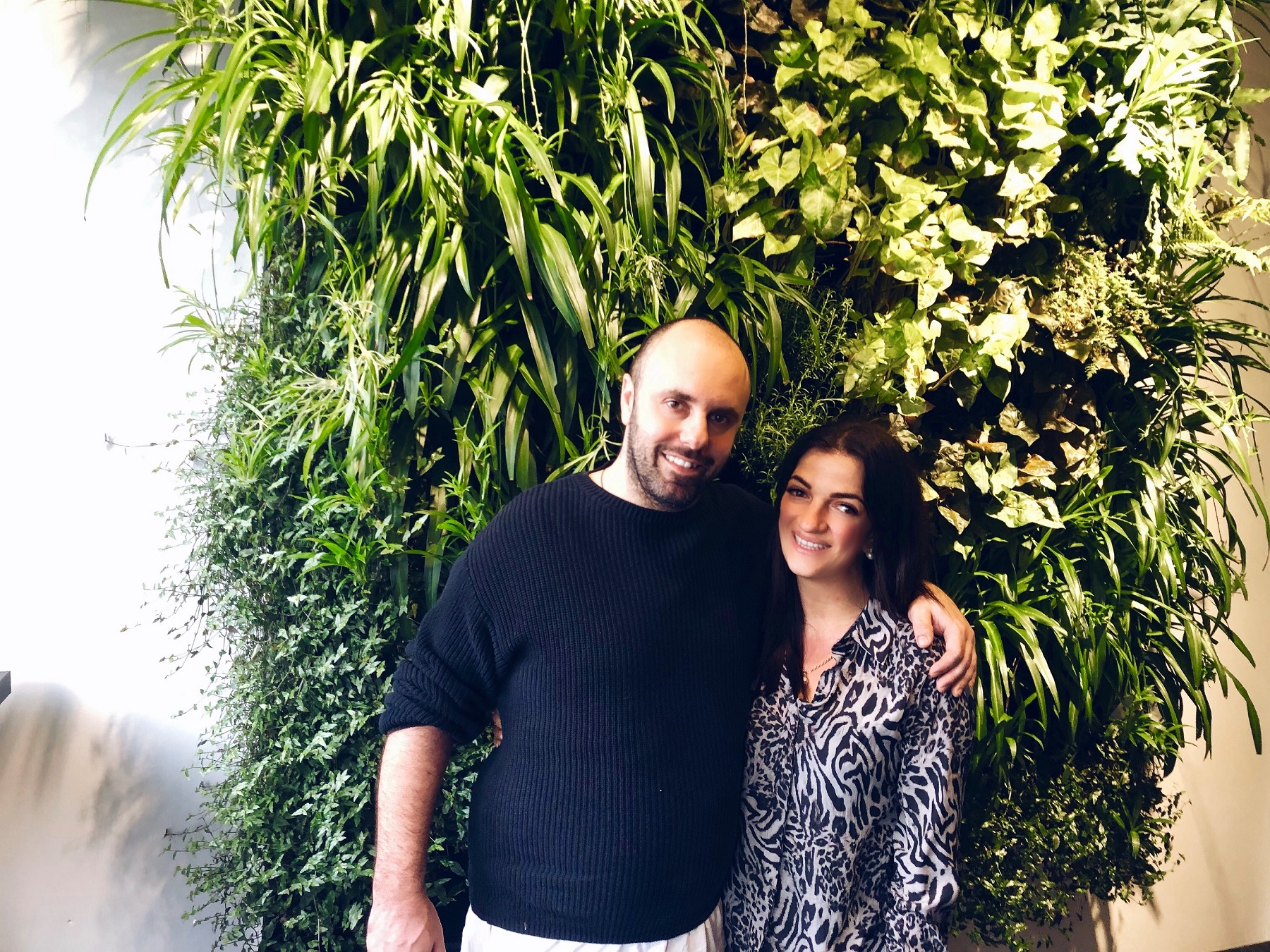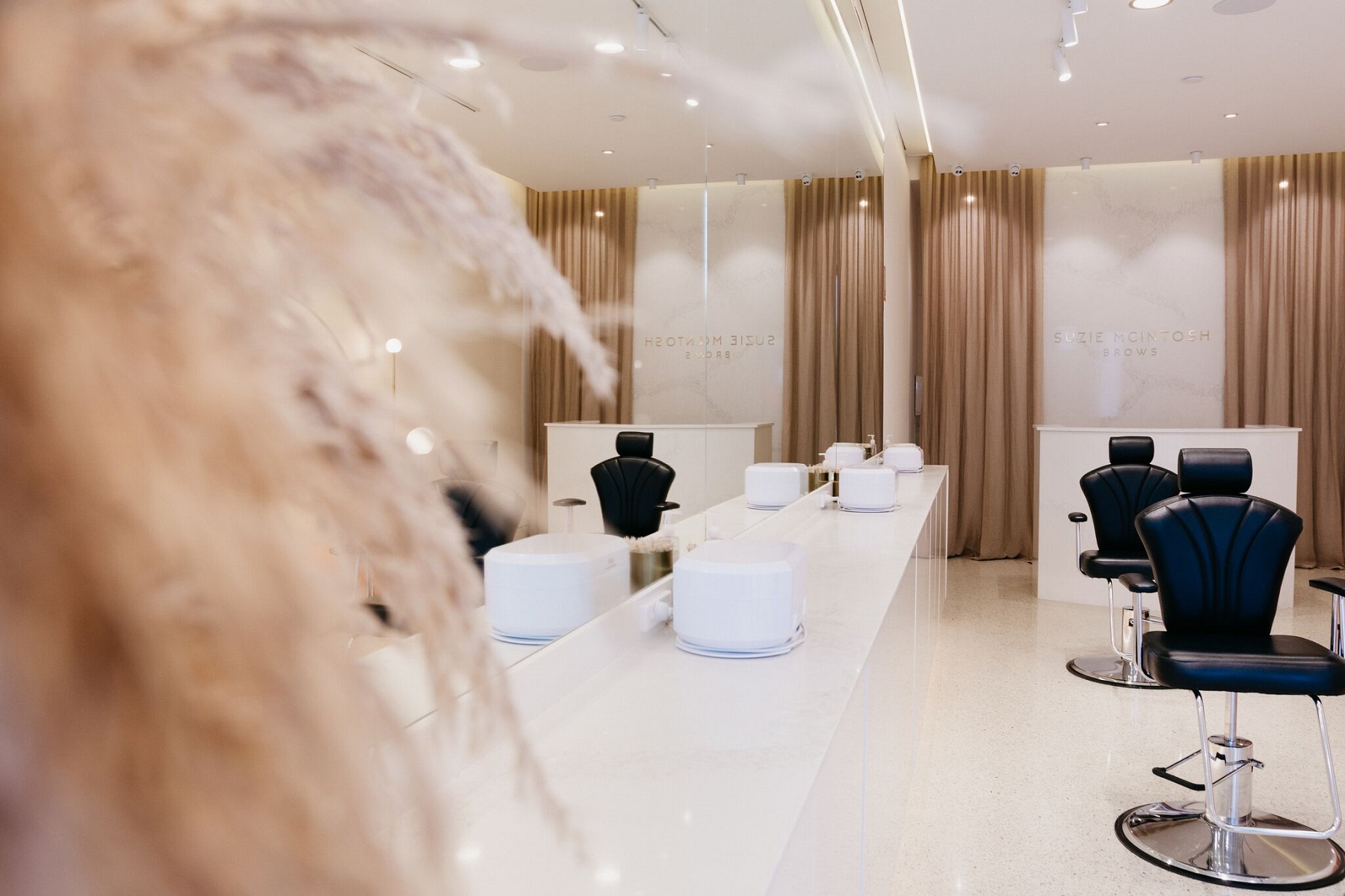While a trip to Tuscany sounds like a far-fetched dream, it was made a reality through the delicious flavours at the Aromi Brighton latest pasta masterclass.
Having already mastered the flavours of Piemonte I was excited to see what delicious delights were in-store at the next stop.
Lead by Head Chef and pasta master Paolo Masciopinto the class took a group of 10 foodie enthusiast on a food trip around the Tuscan regions to create some amazing pasta dishes.
And if you think it’s all in the hands of the chef, you’d be mistaken. The class is very much hands-on, with each guest rolling, shaping, filling and preparing the pasta – while the Prosecco is flowing. The entire experience really does feel like a journey far away with the best company and hosts.
I sat down with Paolo to get an insider glimpse into what makes Tuscany such a magical place and how the team transported it to Brighton…
What is the best part of Tuscany?
Tuscany, to me, is a place where you get beautiful seafood, beautiful meat.
It’s one of those regions in Italy where you can get the best out of both.
It’s beautiful recipes, best produce – it’s one of my favorite regions in Italy.
What are the kinds of pasta we cooked today?
We made four and they’re all true to Tuscany.
The first one was gnudi which is a traditional pasta from Tuscany. It’s the filling of the ravioli – but without the pasta. Today we used ricotta, spinach, a little parmesan, a little bit of flour.
You roll it into nice quenelle shape and boil them and serve with some tomato and basil.
The second pasta was the pici, which is another very famous pasta from Tuscany.
It’s a much softer dough, we a lot more water with semolina, and there’s double 0 flour. It is essentially a spaghetto which us hand-rolled, but it’s a little bit rough, It’s not perfectly shaped – it’s quite thick but really beautiful to eat.
We served it, rabbit, porcini, and some pecorino on top.
The last past was Mafalda, which is a type of raviolo.
It’s a little bit different from other ravioli in the shape, it’s like a triangle folded in half, and it’s filled with pumpkin. We carmelized the pasta in the oven and served with burned butter and sage.
I’ve noticed all the ravioli have a different shape – is that selected by the region?
Absolutely, every region in Italy will do a different shape, to distinguish themselves from the other regions.
Most of them, use a similar filling, but the name of the ravioli comes from the shape. So, every single shape of raviolo or agnolotti, it will be called with a different name.
Today you brought Tuscany to Brighton, but when you do visit – what are the 3 must-see places?
Definitely the south – Follonica, Florence, and Pisa.
But if it was me, I would also stop in Livorno for sure, it’s one of the most beautiful places! You have beautiful beaches around Livorno the food that you’ll eat there, it’s like nothing else, it’s something you can only get there – amazing.
We’re talking about a place where they do bread that is different from all the rest of Italy – Tuscan bread is made with no salt.
For an entrée, they do a Panzanella salad, which is a, a bread salad.
And they use it with anchovies, or sardines, or tuna – then add cucumbers, tomatoes, a little bit of vinegar – amazing!
Pappardelle is the other pasta that we made today, it’s very typical l from Tuscany.
The pappardelle you normally find this served with wild board ragù.
And it’s thicker, isn’t it?
Yeah, It’s a ribbon pasta that’s quite wide – about three, four centimeters wide, like a double size of a tagliatelle.
This, Tuscany to me, it’s a place where their food, food culture is very strong. Meats, the Fiorentina that we all know, the big steak, it comes from there.
And there are some places you just can’t forget – and that’s what we wanted to bring to the class.
When you go there, it’s amazing.
How did you select today’s menu – bringing Tuscany to Brighton, essentially?
Well, I was lucky enough that I worked in Tuscany.
I worked in Punta Ala for a summer season.
So, I got to use some of the recipes that we shared today in Italy, in Tuscany. I learned them through my chef at the time there in Tuscany.
How long did you work in Tuscany?
For the summer season – so four or five months, it was fantastic.
And what did you learn most about the Tuscan food culture?
We used to have these dinners all together, even just at the restaurant.
You have beautiful fish that comes fresh from the fishermen or your farmer that brings you a beautiful wild boar and you create these amazing dishes.
I come from a region that’s mostly mountains, we have a lot of cheese, beautiful cheese, and beautiful meats. But when you talk about fish, it’s hard to supply it.
It’s never as fresh as when you get it straight from the fishermen.
In Tuscany, I fell in love with the fact that I could get the best out of seafood, at the best out of meat, and veggies – straight to the plate.
There’s a lot of growers there.
Describe Tuscany in three words …
Good food, good people, and beautiful panoramic views. It’s mesmerizing, the people and places I have seen – it’s amazing.
We’ve now been to Piemonte, Tuscany – two out of the twelve. What’s the next destination?
The next stop is going to be Campania, we’re moving a little bit south, that where Salvatore is from.
So, the next class is going to be more seafood-based. We’re going to use some classic flavours, and we’re going to do some different interpretation of the classic.
I’ll give you a little preview – the main one is going to be the Tartaglia, which is a short pasta rolled quite thick with basil – it’s got all the good things in there, and we traditionally served it with seafood sauce – Prawns, mussels, clams – beautiful!
And there’s going to be three kinds of pasta?
Three kinds of pasta again.
A filled pasta, a ravioli, we’re going to have a classic pasta – and the third one is always a surprise.
And it’s going to be on Father’s Day, isn’t it?
Is it the 1st of September – the perfect way to spend Father’s Day!
Next Class …
Destination: Campania
Date: 1st of September













